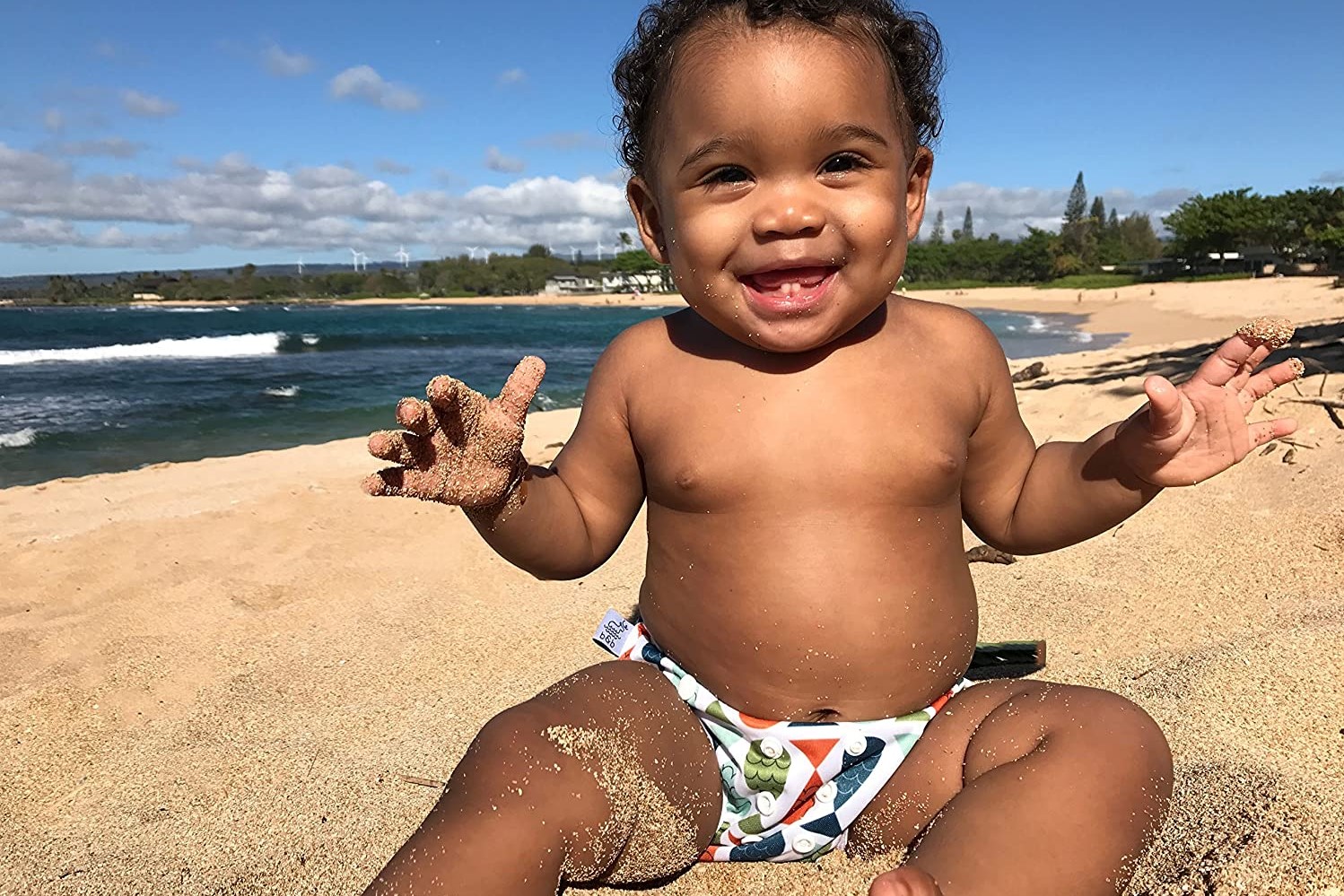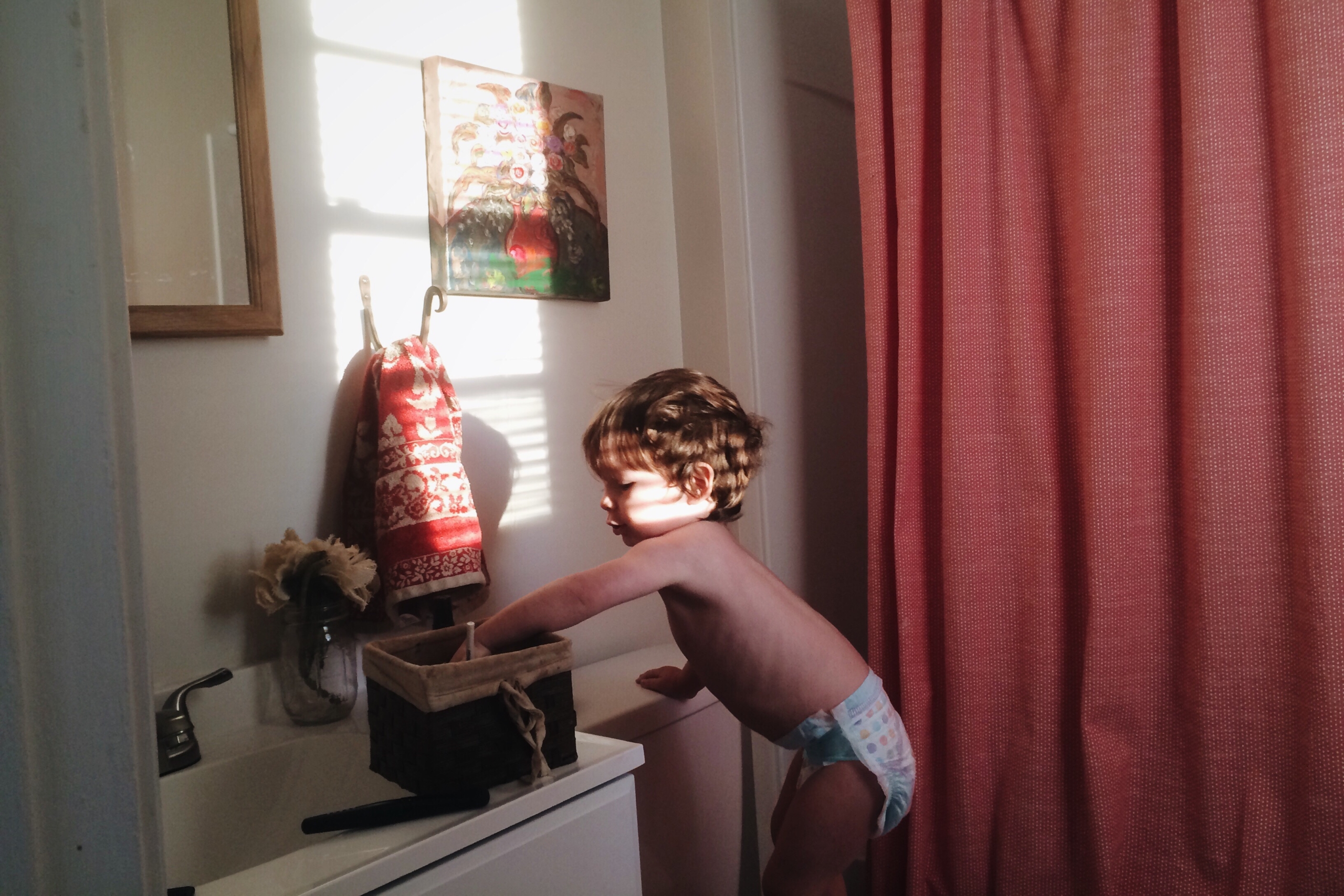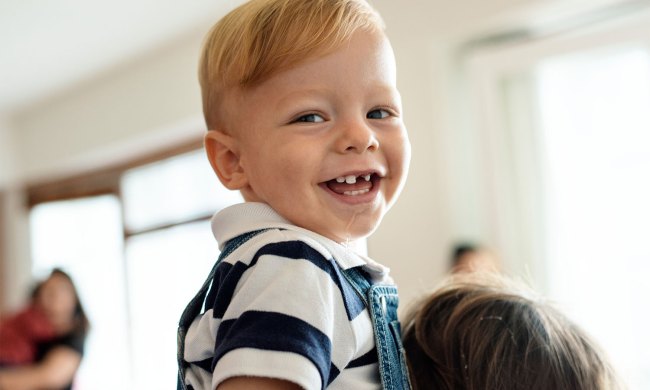
At last! You have potty trained your toddler and a major milestone has been achieved. That telltale tug on the saggy diaper has signaled his or her readiness to start potty training. Now, that leaves one vital question – which type of training underwear for toddlers should you choose? Here are a few ideas to get you started.
Aside from investing in a mini throne for your little one, you’ll start looking for the best potty-training pants. The No. 1 advantage to watch for is an easy transition from diapers to “big-kid” underwear. Nonetheless, some other factors to consider while potty training are:
- Daycare vs. home routine
- Long-distance traveling
- Short errands
- Playdates and recreation
- Nap and nighttime
To make your search easier, we have compiled some of the best training pants that will keep your little one comfy.
Cloth training underwear for toddlers
When you’re not quite ready to switch to regular underwear, cloth training underwear for toddlers proves to be ideal. The absorbent padding in front allows for less moisture to escape in case of an accident, but at the same time, your child can still tell that something happened.
Thus, this type of underwear serves the purpose during the early weeks of potty training or if your child still struggles to make it to the bathroom on time.
One selection to consider is the Big Elephant Unisex-Baby Training Underwear with designs that suit any child. The cotton material is both breathable and absorbent, thus providing comfort. The covered elastic waistband also makes pulling up or down easy for your little one.
Toddler underwear — minus absorbent padding
When you’re feeling brave, or better yet when you see that your toddler is going to the potty more consistently, you can also incorporate actual, big-kid underwear — complete with their favorite characters.
Another plus to using toddler underwear is that you can bypass the “commando phase” and allow your child to run around in a T-shirt and their new panties or shorts. Of course, the disadvantage is the lack of absorbency. However, this option often proves itself to be the fast-track toward consistent potty usage because kids will be more aware of an accident when it happens.
Plastic potty-training pants
The plastic training pants, such as the Gerber Plastic Pants 4-pack, are most commonly worn outside of their cloth counterparts to prevent leaks. For instance, if you opt for training underwear for toddlers, yet you’re still concerned about puddles appearing on the floor, the plastic training pants keep most of the moisture in. At the same time, your tot can still tell when an accident occurs.
For this reason, plastic potty pants might also work for overnight training, traveling, or when a transition occurs, like going back to preschool after potty training or in the event of an anticipated regression that sometimes occurs after the birth of a new little sibling. Plus, if you have a limited amount of time, they’re quite easy to wash.
On the other hand, these might not be the most comfortable, but they might be helpful for occasional use when you’re trying to maintain the progress that occurred with cloth training or regular underwear.
Disposable training pants

The disposable pants are probably the easiest to use because there is no washing or drying involved, and the range of sizes makes it simple to choose the best fit for your toddler.
The soft, absorbent material almost mimics the feel of cotton, and the elastic is snug enough to stop leaks without causing discomfort. Like the elastic training pants, this selection works well for traveling or for short errands as well as overnight use.
The one major drawback to using disposable training pants is that they imitate the fit and feel of diapers. In fact, the absorbent material works so well that some toddlers might not feel the moisture after having an accident. So, in this sense, disposable pants might not be the best choice when it comes to consistency in potty training or the amount of time it might take your child to adapt. Nonetheless, every kiddo is different and trains at his or her own pace.
Making the final choice
Ultimately, the decision of which type of training underwear for toddlers works best depends on your child’s daily routine and the route you choose to take while potty training. Also, according to Dr. Peter Stavinoha, a pediatric neuropsychologist, the choice would also depend on how your child might react to an accident. In other words, the potty training will go more smoothly with as much positive support as possible.
Other tips to keep in mind include the following:
- Keeping consistency between home and caregivers in relation to the potty routine
- Combining methods such as using or not using potty training pants; also incorporating different types of pants to see what works best
- Allowing your toddler to pick out which designs or characters they prefer on their training pants
The process might seem to take a long time, but in the end, your child will take that next (accident-free) leap toward independence.



